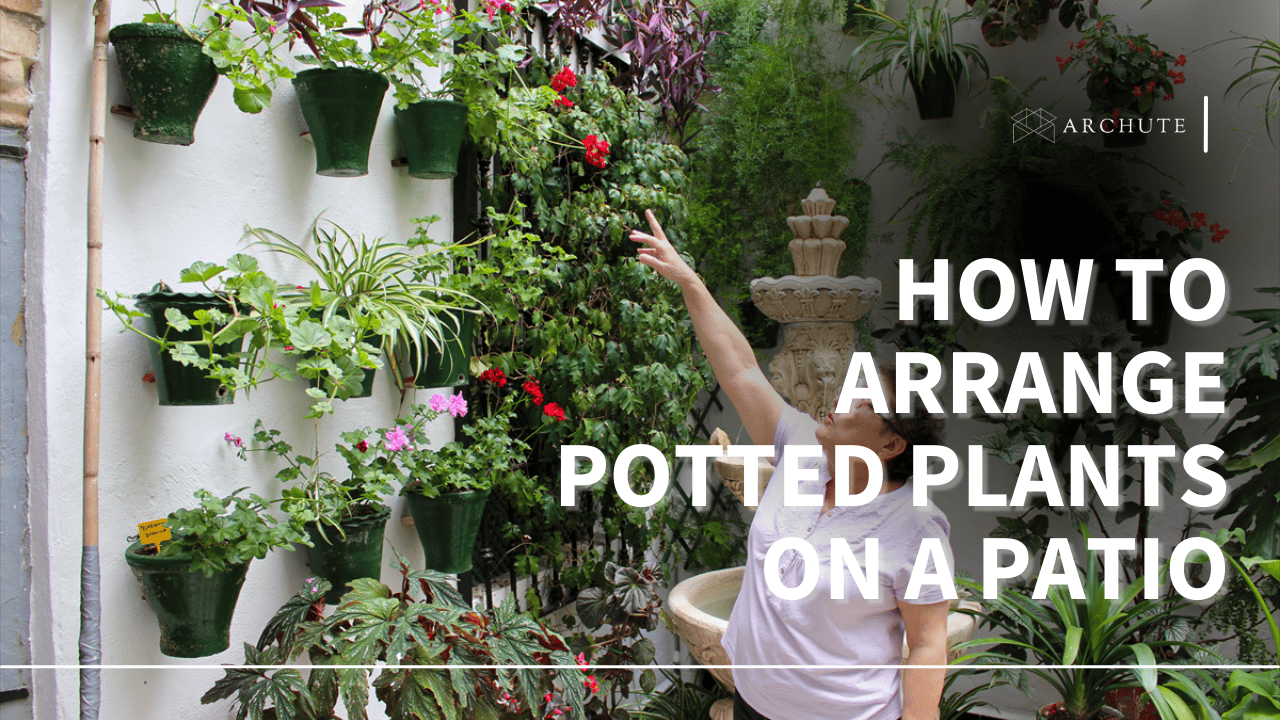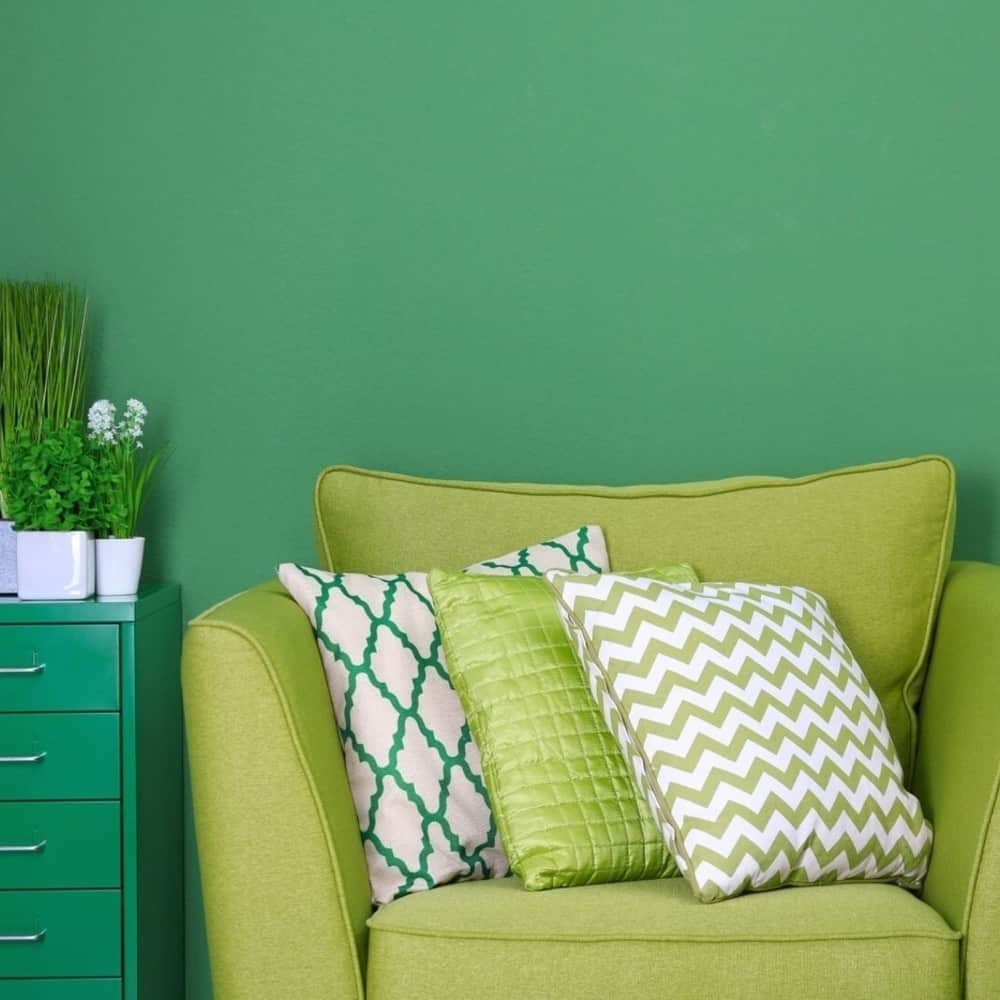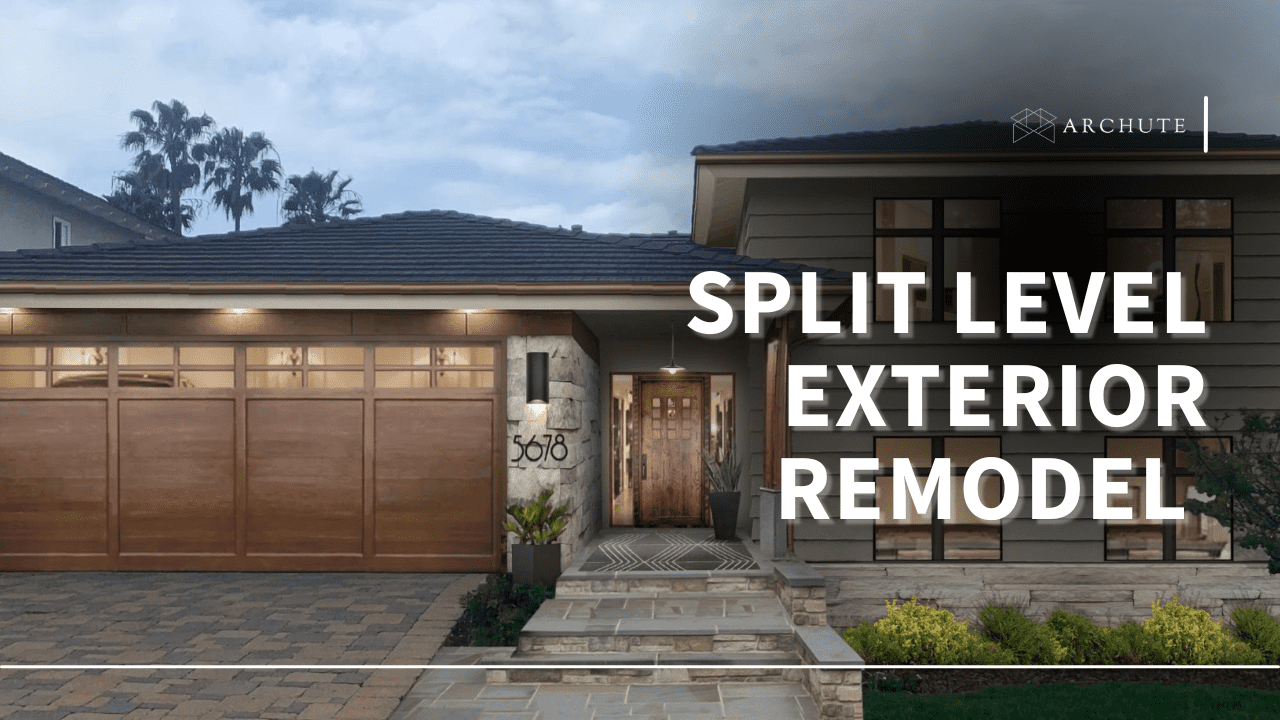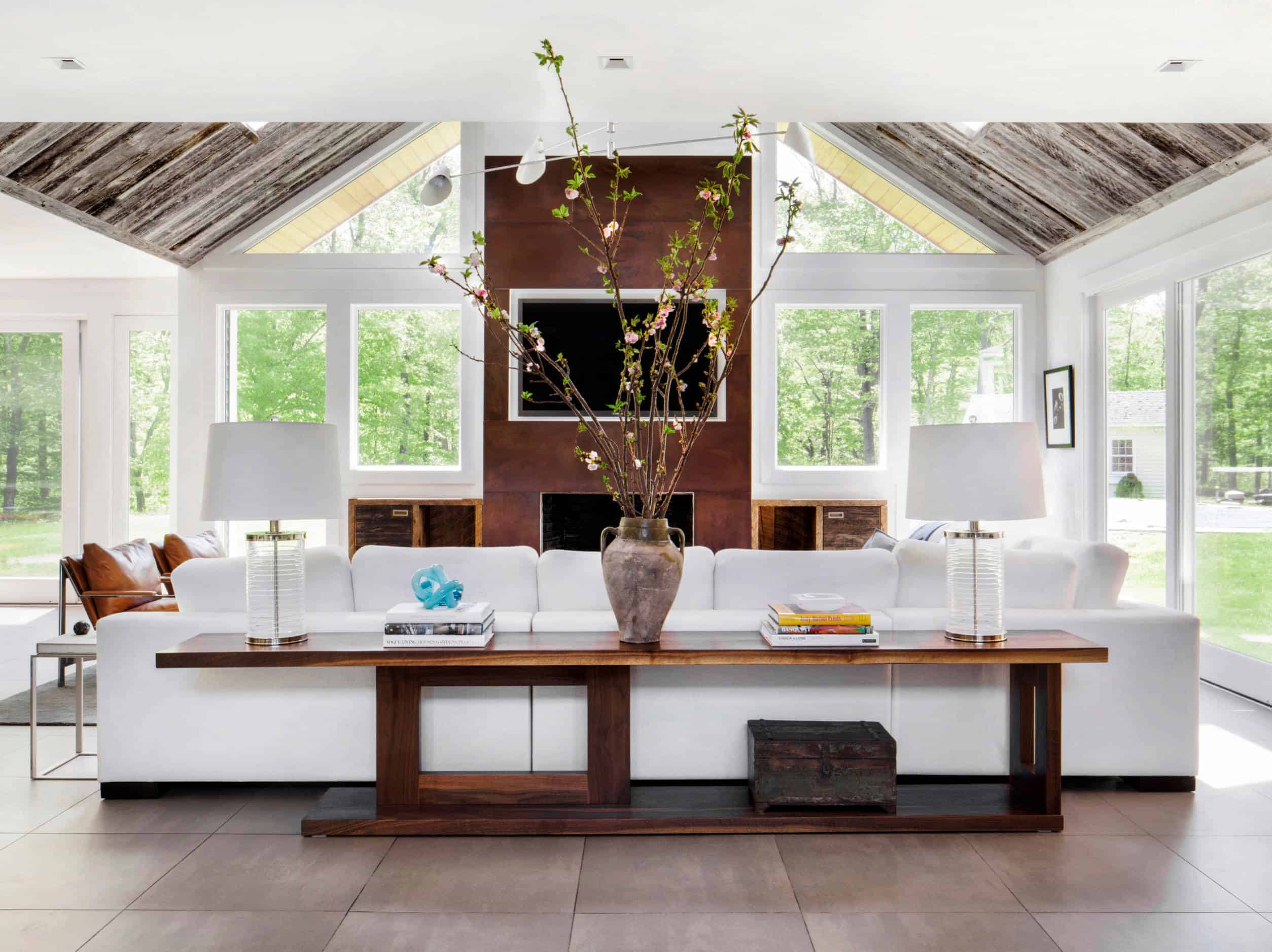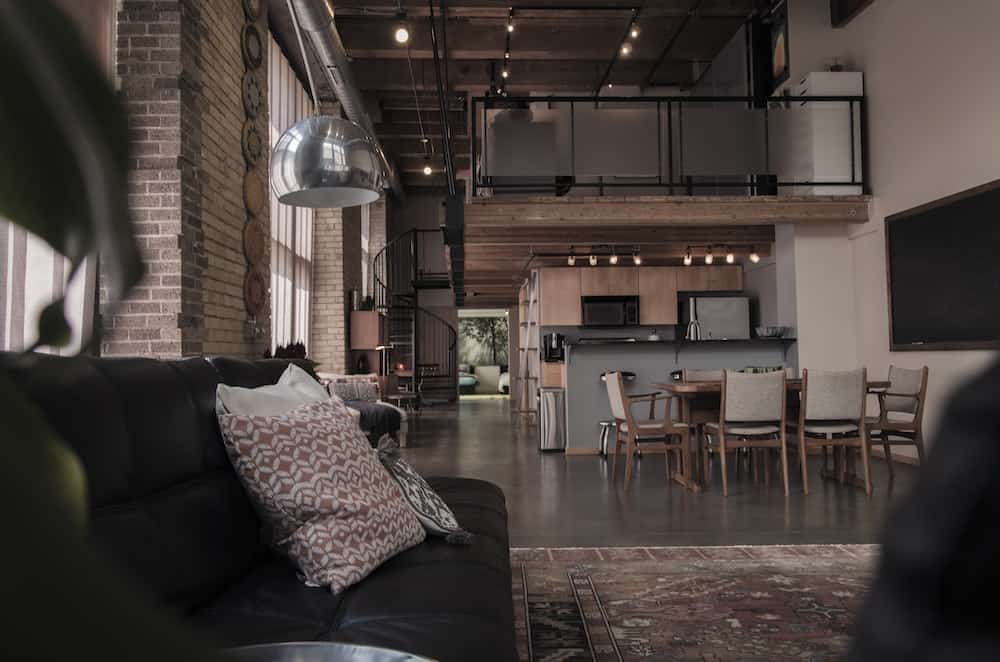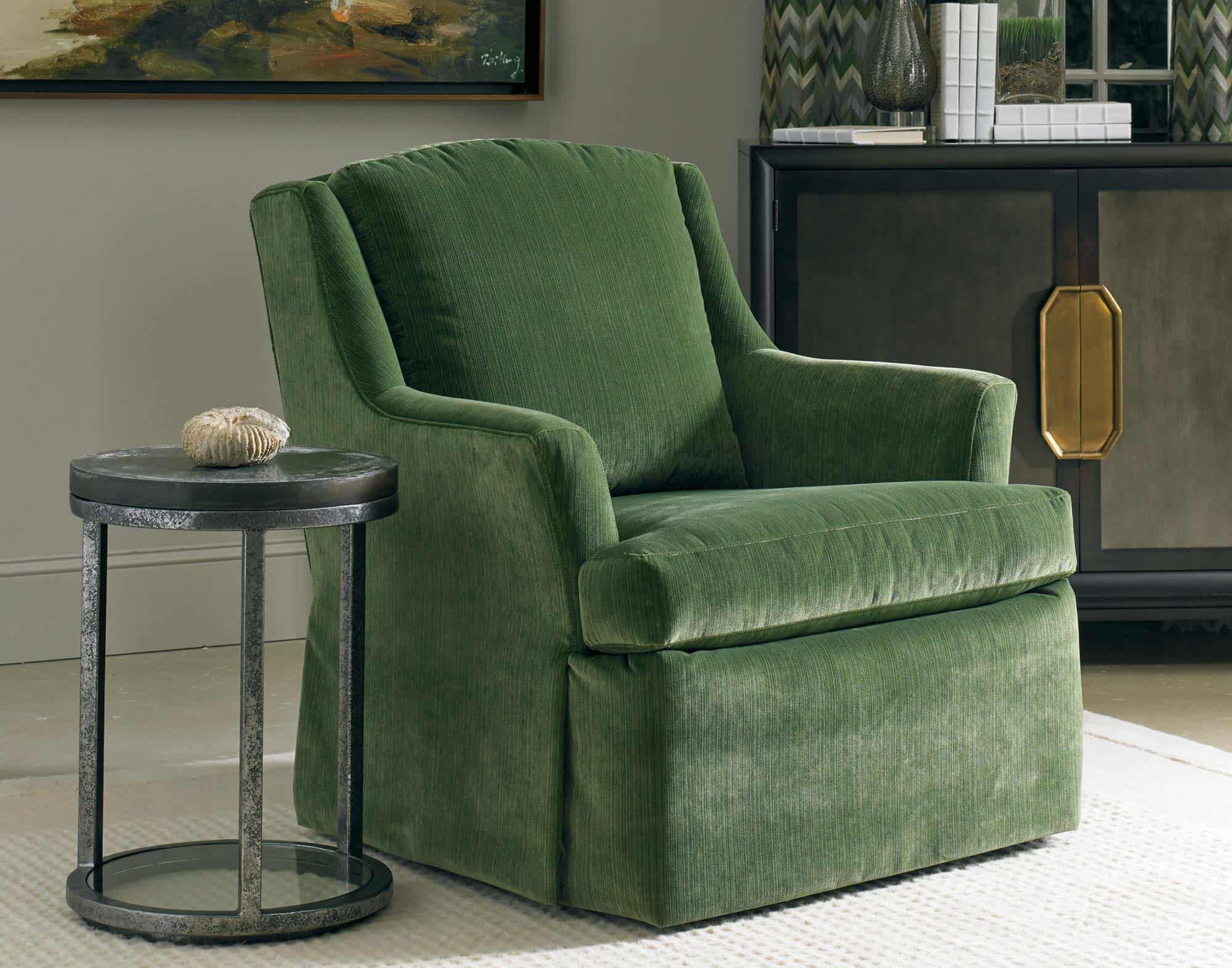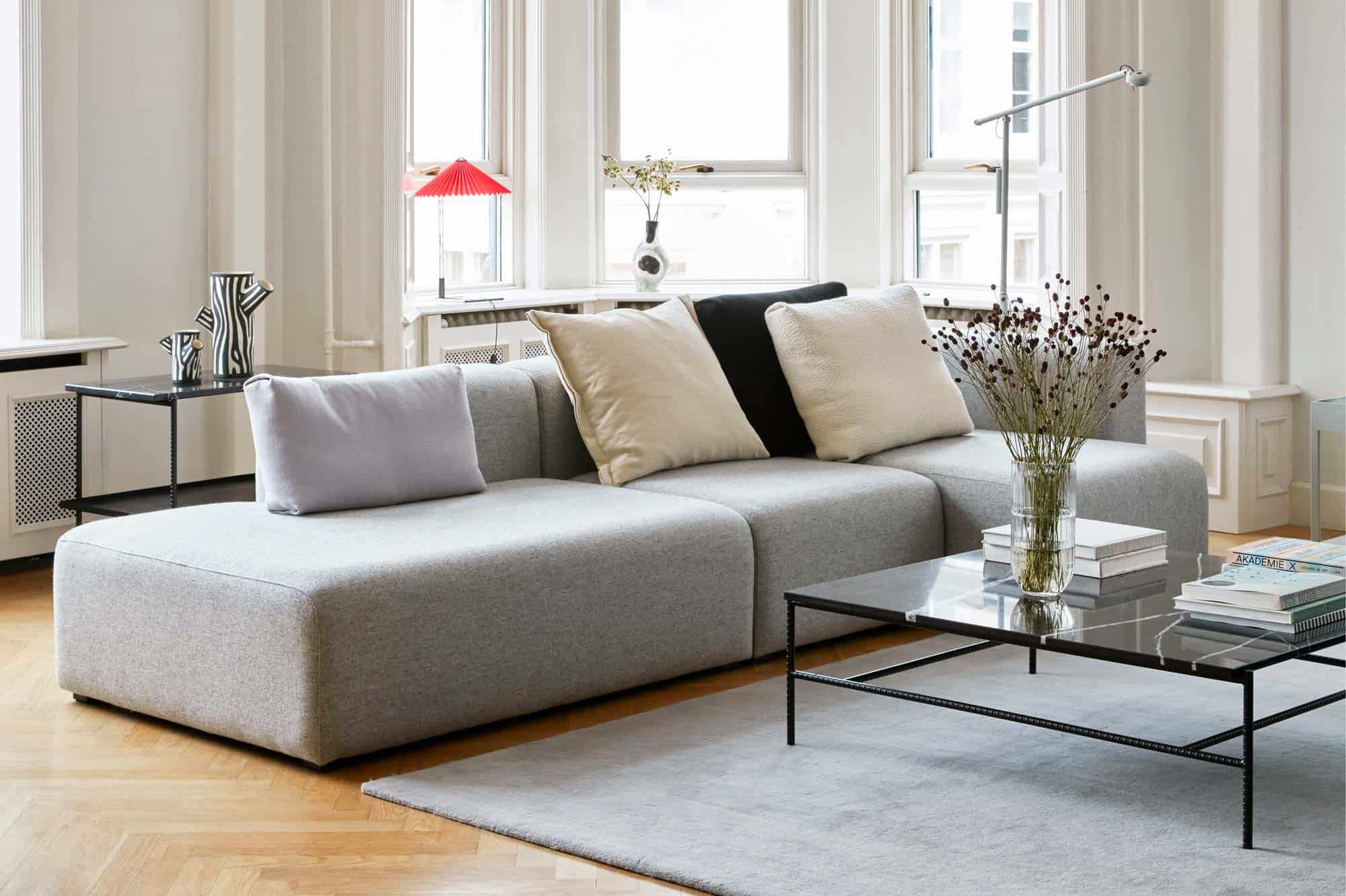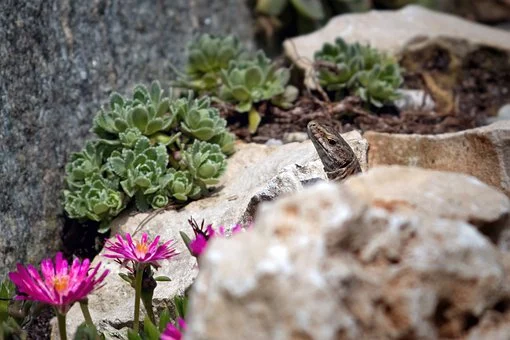A well-designed patio can be a wonderful oasis of relaxation and enjoyment. And one effective way to add beauty and character is by incorporating container gardens. It can add color and life to any outdoor space.
But how do you arrange plants to create a cohesive and visually pleasing design? In this blog post, you'll explore some beautiful container garden ideas and tricks for organizing potted plants on a patio to create an outdoor oasis you'll love spending time in. You'll also receive guidance on arranging plants to maximize visual impact, create a cohesive design scheme, and make the most of your outdoor space.
Whether you're a master gardener or a first-time patio decorator building elegant deck privacy with potted plants, this blog post will provide you with the inspiration you need to make a stunning patio display that's sure to impress. First, you must know which potted plants can thrive on your patio.
Types Of Potted Plants That Thrive In Patio Conditions
When selecting plants for a patio, it's essential to select species that will thrive in the specific conditions of your outdoor space. Some plants require lots of sun, while others prefer shade. Some need a moist garden bed, while others prefer drier conditions. Fortunately, many different types of potted plants are well-suited to patio conditions.

Image Credits: gardeningetc.com
These include succulents, which are drought-tolerant and require little watering; herbs, such as basil, parsley, and thyme, which can be grown in pots and used for cooking; and ornamental grass, which add texture and movement to a patio display. Other good options include flowering perennials like coneflowers, black-eyed Susans, and foliage plants like ferns and hostas.
Finding the right plants for your patio environment is easy, with numerous options to add beauty and interest to your outdoor space. Choosing suitable pots for these plants to ensure they thrive is also important. Porous materials like terra cotta work well for plants requiring well-draining soil. Meanwhile, plastic or metal containers are more appropriate for plants that need moister conditions.
Remember the size and growth habits of the plants while selecting pots, allowing them to spread out and flourish. By careful planning and attention to detail, you can craft an impressive display of potted plants on your patio, enhancing your outdoor living space for years.
Factors To Consider When Choosing Potted Plants For Your Patio
When choosing potted plants for your patio, it's important to consider several factors to ensure they thrive in their new environment.
1. Light conditions
Different plants have varying light requirements, ranging from full sun (6-8 hours of direct sunlight) to partial shade (2-4 hours of direct sunlight) or full shade (little to no direct sunlight). Assess the amount and intensity of sunlight your patio receives throughout the day to determine the appropriate plants. Observing the patio's sun exposure and shade patterns at different times can help you select plants that will thrive in those conditions.
2. Space and size
Consider the space on your patio and choose plants that fit well. Take measurements and envision how the plants will grow and spread over time. Select plants that won't overcrowd the space or obstruct movement. Be mindful of the grown plants and choose containers that will accommodate their growth adequately.
3. Climate and hardiness
Your local climate determines which plants will thrive on your patio. Consider factors such as temperature range, humidity levels, frost dates, and wind exposure. Research the hardiness zones of the plants you're interested in and make sure they align with your region's climate. Hardiness zones indicate the plants' ability to tolerate specific temperature ranges and environmental conditions.
4. Maintenance requirements
Some plants need more care and attention than others. Consider the time and effort you're willing to invest in plant care. Do you have the time for regular watering, pruning, fertilizing, or pest control? If you prefer low-maintenance plants, choose varieties that are more self-sufficient and require minimal upkeep. Native plants or drought-tolerant species can be great choices for low-maintenance container gardening.
5. Watering needs
Evaluate your watering routine and the availability of water sources on your patio. Some plants have higher water requirements and need frequent watering, while others are more drought-tolerant and can withstand longer periods between waterings. Consider your watering capabilities, preferences, and the patio's drainage conditions. Ensure the plants you choose have similar water requirements to make watering more convenient.
6. Plant compatibility
When grouping plants in containers or placing them in close proximity on your patio, consider their compatibility. Ensure they have similar water, light, and temperature requirements to prevent one plant from overpowering or overshadowing the others. Choosing plants with complementary growth habits, such as combining taller plants with trailing or cascading ones, can create a visually appealing plant arrangement.
7. Aesthetic appeal
Consider the overall design, style, and color scheme of your patio. Choose plants with foliage and bright flowers that complement the existing elements, such as furniture, decor, or the patio's architecture. Pay attention to the plants' textures, shapes, and heights to create an aesthetically pleasing and harmonious display.
8. Purpose and functionality
Determine the purpose you want the plants to serve on your patio. Are you looking for shade-providing plants to create a cool retreat? Do you desire privacy from neighbors or traffic? Are you seeking fragrant plants to enhance the sensory experience? Some people may want edible plants or herbs for cooking. Clarify your goals and select plants that align with the desired functionality to maximize their benefits.
9. Allergies and toxicity
Think about health and safety aspects of the plants, especially if you or your family members have allergies or sensitivities. Some plants release pollen or fragrances that trigger allergies, while others may cause skin irritations upon contact. If you have children or pets, research whether your chosen plants are toxic or harmful if ingested. Opt for non-toxic or pet-friendly plants if necessary.
Considering these factors, you can choose the right potted plants for your patio, creating a functional and aesthetically pleasing outdoor space.
Tips For A Cohesive Design For Your Potted Plants
Now that you have chosen your potted plants, you can start arranging them on your patio. Consider these tips for the best results:
1. Choose A Color Scheme

Image Credits: plantersplace.com
Choosing a color scheme is one of the easiest ways to create a cohesive design to choose a color scheme. This could be as simple as selecting plants in shades of one color, such as all pink or all yellow. Alternatively, you could choose complementary colors, like purple and yellow, or create a monochromatic design with different shades of the same color.
2. Use Different Heights And Textures

Image Credits; plantcaretoday.com
To add visual interest to your patio display, vary the heights and textures of your potted plants. This could mean grouping tall plants with shorter ones or combining plants with different leaf shapes and textures, like ferns and succulents.
3. Create Focal Points

Image Credits: homestratophere.com
Focal points are objects or areas that draw the eye and add interest to a design. You can create focal points on your patio by grouping several plants of the same type or adding a decorative element like a sculpture or fountain.
4. Consider The Overall Style Of Your Patio

Image Credits; kdlandscapeinc.com
To create a beautiful design, it's essential to consider the overall style of your patio. Choose plants with clean, simple lines if you have a modern patio with sleek, minimalist furniture. Choose plants with more intricate foliage or blooming flowers if you have a more traditional patio with lots of ornate details.
5. Group Plants With Similar Needs
Group plants with similar water and sunlight need together to make caring for your potted plants easier. This will make it easier to water and fertilize them as needed and help them thrive in their new environment.

Image Credits: treehugger.com
By incorporating these tips into your patio plant design, you can create a beautiful and cohesive display that enhances your outdoor living space and provides a welcoming ambiance for you and your guests.
Frequently Asked Questions On How To Arrange Potted Plants On a Patio
1. How do you display plant pots on a patio?
To display garden pots on a patio, you can utilize various methods. Consider arranging pots of different sizes and heights to create visual interest. Use shelves, plant stands, or hanging hooks to maximize space. Group pots by color or plant type for a cohesive look. Additionally, incorporate potted planters of various materials like ceramic, terracotta, or metal to add texture and variety to the display.
2. How do you decorate outdoor plant pots?
To decorate outdoor plant pots, you have several options. Consider painting the pots with weather-resistant paint in vibrant colors or patterns. You can also use stencils or decals to add designs or personalization. Adding decorative elements like ribbons, twine, or shells can enhance the aesthetic. Additionally, consider using mosaic tiles, pebbles, or even small succulents to create unique and eye-catching designs on the pot surface.
3. How do you arrange pots in a living room?
Consider the available space and desired aesthetic when arranging pots in a living room. Group pots of varying heights, sizes, and shapes to create visual interest. Place taller pots in the back and shorter ones in the front for depth. Use shelves, plant stands, or hanging hooks to maximize vertical space. Consider the overall decor style and color scheme to ensure the pots complement the room's design.
4. What are four common ways leaves can be arranged on a plant?
The four common ways leaves can be arranged on a plant are alternate, opposite, whorled, and rosette. In the alternate arrangement, leaves grow one at a time, alternating on either side of the stem. In the opposite arrangement, leaves grow in pairs directly across from each other. The whorled arrangement features three or more leaves growing from the same node, and the rosette arrangement forms a cluster of leaves at the base of the plant.
5. How do you organize plants in a small space?
To organize plants in a small space, consider vertical gardening using wall-mounted planters or hanging baskets for trailing plants. Opt for compact varieties that don't require much space to thrive. Use shelves or tiered plant stands to maximize vertical space. Group plants with similar needs together to streamline care. Utilize window sills and balcony railing for additional plant placements. Ensure adequate light, water, and proper drainage for healthy growth.
Conclusion On How To Arrange Potted Plants On a Patio
Potted plants can add color, texture, and life to any patio. When selecting plants for your patio, it's essential to consider their specific needs for sunlight, moisture, and potting mix. Choosing pots made from materials that can withstand the elements is also crucial. You can create a cohesive design scheme for your potted plants involves:
- Selecting a color scheme.
- Varying heights and textures.
- Creating focal points.
- Considering the overall style of your patio.
With these tips and tricks, you can create a stunning display of potted plants on your patio that will enhance your outdoor living space for years.
Featured Image Credits: spainholiday.com

